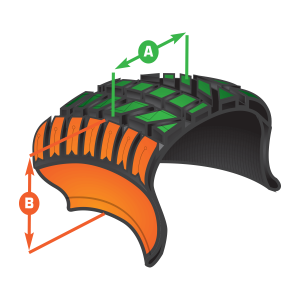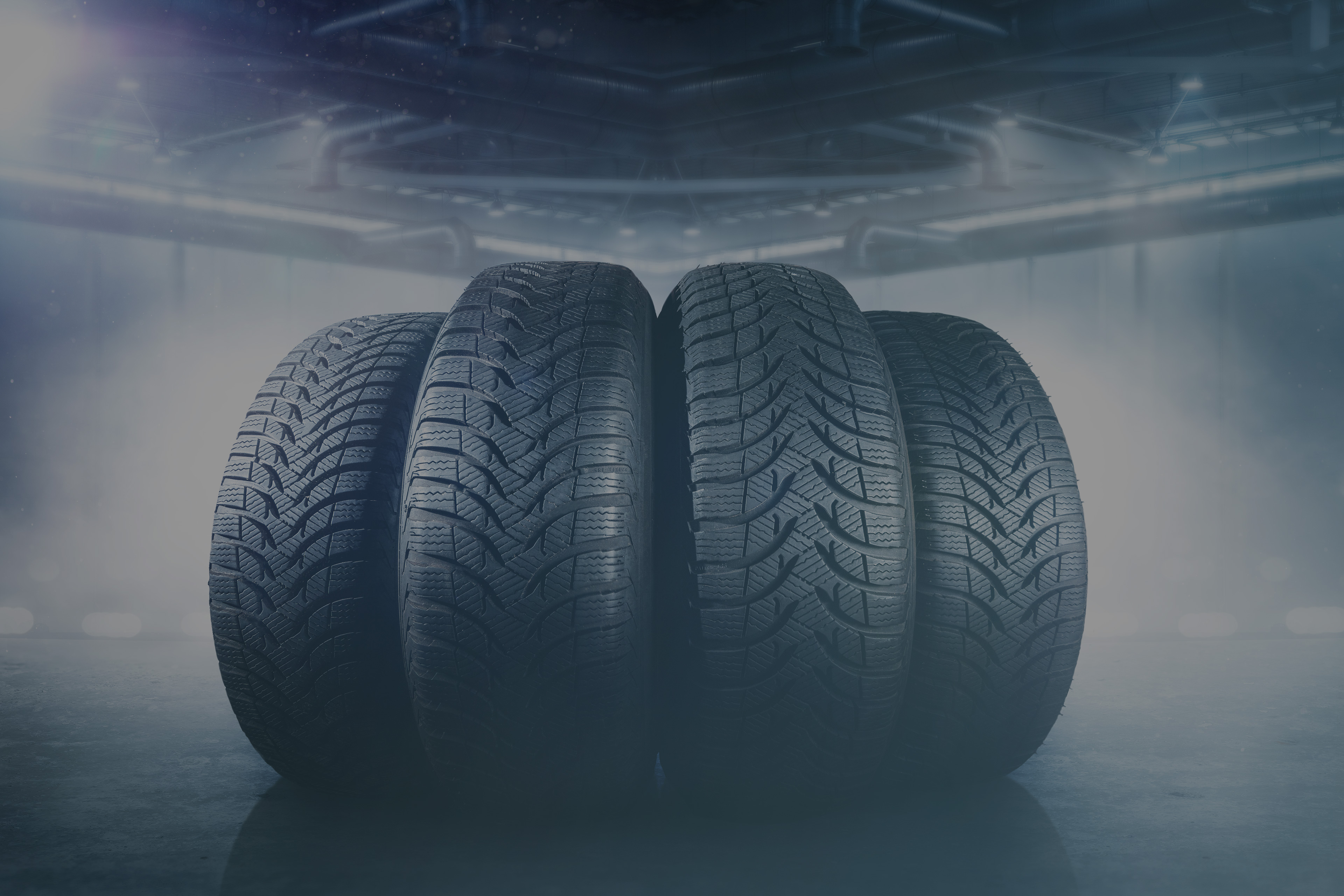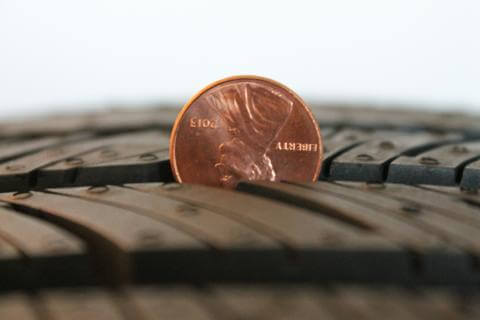lET US HELP YOU FIND YOUR NEXT SET OF TIRES
In addition to carrying a large stock of all major tire brands, Bobby Rahal Service Centers offer 2-year Road Hazard Protection and Bobby Rahal’s Best Price Guarantee! Only available at your Bobby Rahal Dealership.
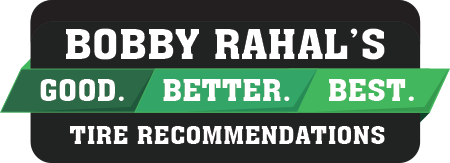
Bobby Rahal Tire Center Recommendations
We recommend three tire options specific to your vehicle make and model.
Good.
Our Value Option
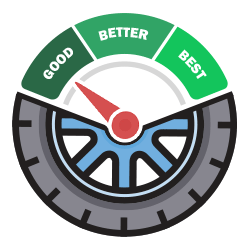
This option provides a safe and affordable combination of traction and tread wear without the cost and features associated with a touring or performance tire.
Better.
Our Popular Option
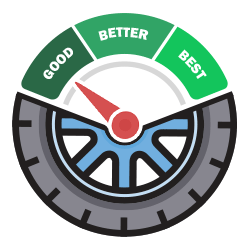
This option is chosen by many of our clients and provides an excellent all-around value combining performance, ride comfort, and tread wear.
Best.
Our Premium Option
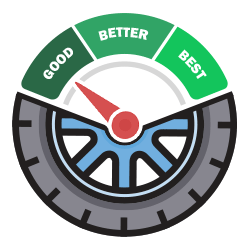
This is the preference of drivers who place a premium on performance and ride comfort and is usually the recommended tire choice of the manufacturer.
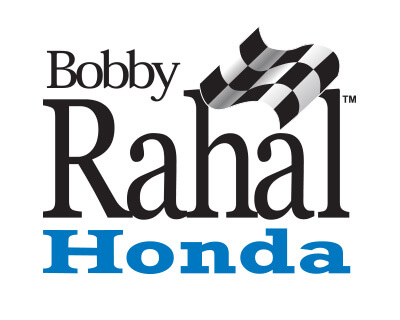
BOBBY RAHAL HONDA OF MECHANICSBURG
6696 Carlisle Pike
Mechanicsburg, PA 17090
(717) 766-4300
Schedule Tire Installation
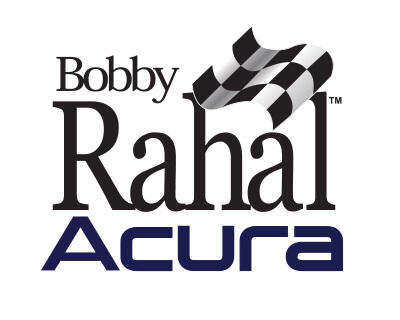
BOBBY RAHAL ACURA OF MECHANICSBURG
6694 Carlisle Pike
Mechanicsburg, PA 17090
(717) 790-6000
Schedule Tire Installation
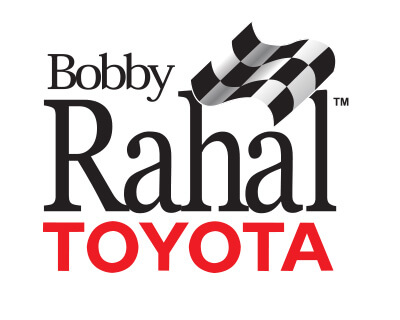
BOBBY RAHAL TOYOTA OF MECHANICSBURG
6711 Carlisle Pike
Mechanicsburg, PA 17090
(717) 691-0500
Schedule Tire Installation
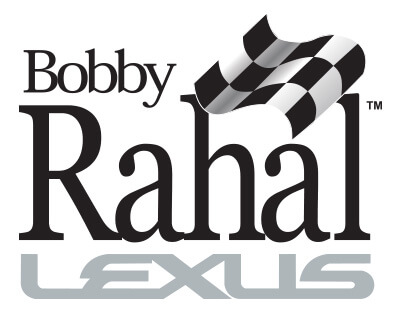
BOBBY RAHAL LEXUS OF MECHANICSBURG
6715 Carlisle Pike
Mechanicsburg, PA 17090
(717) 691-5600
Schedule Tire Installation
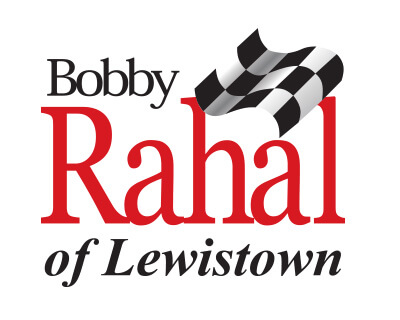
BOBBY RAHAL TOYOTA LEXUS OF LEWISTOWN
425 Electric Ave.
Lewistown, PA 17044
(717) 248-0119
Schedule Tire Installation
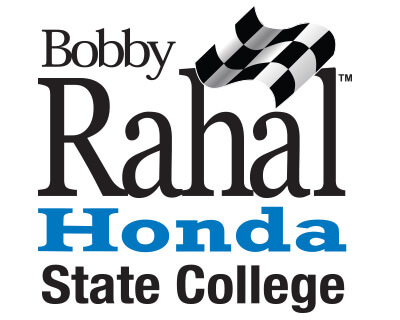
BOBBY RAHAL HONDA OF STATE COLLEGE
2796 W College Ave.
State College, PA 16801
(814) 238-6711
Schedule Tire Installation

BOBBY RAHAL LEXUS OF LANCASTER
4251 Oregon Pike
Ephrata, PA 17522
(717) 803-2100
Schedule Tire Installation
Reading a Tire Sidewall
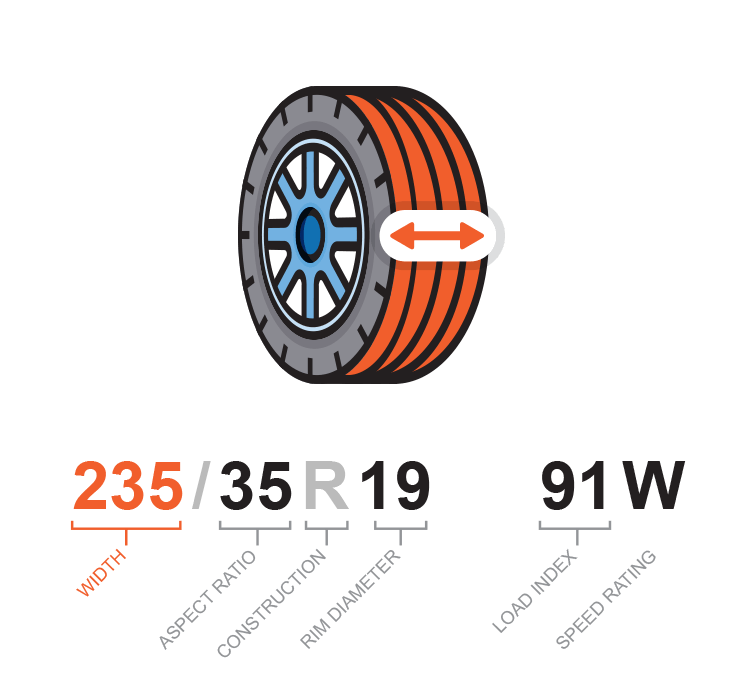
SECTION WIDTH
This number specifies, in millimeters, the overall width of the tire section. Be sure not to confuse the section width with tread width because the former is used as the basis for calculating the aspect ratio (section height).
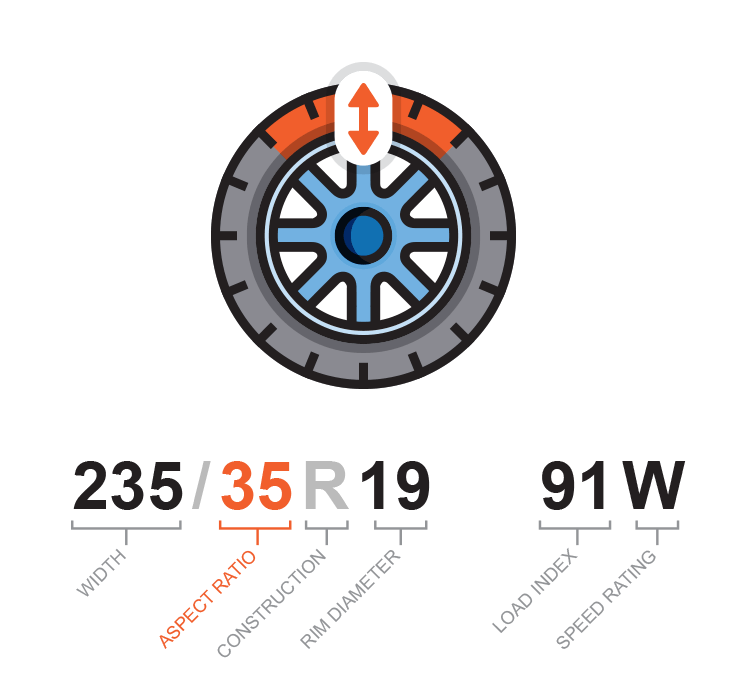
ASPECT RATIO
This number is the section height of a tire as a percentage of the section width. For example, 225/40 is a 40% aspect ratio of the 225mm section width. 225 x 0.4 = 90mm
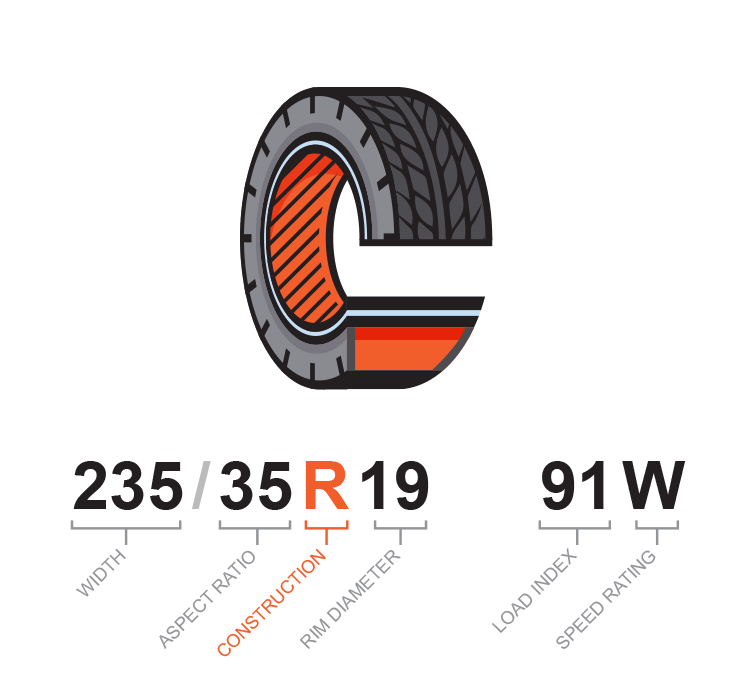
CONSTRUCTION
An optional letter indicating construction of the fabric carcass of the tire:
B: Bias Belt
D: Diagonal
R: Radial
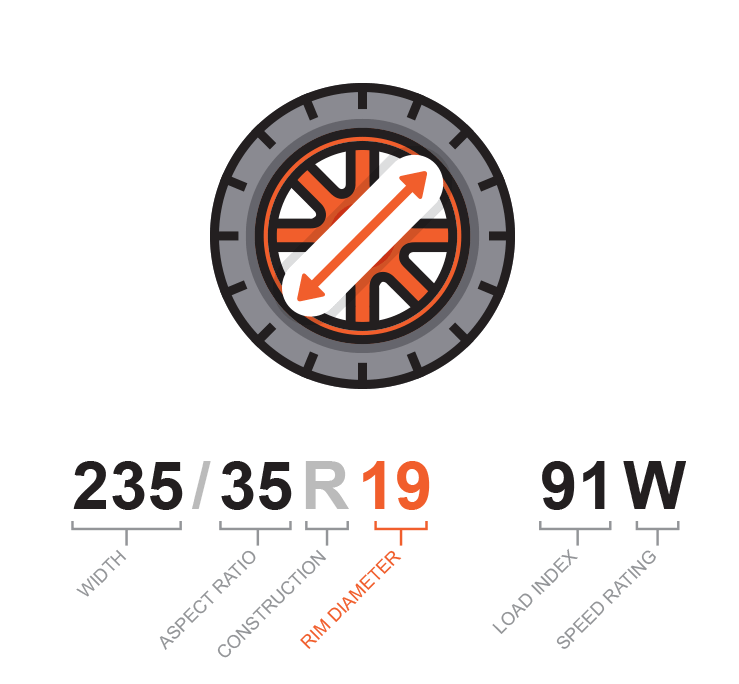
RIM DIAMETER
Measured in inches as the wheel rim diameter for which the tire is designed. The distance can be approximated by measuring the diameter of the interior bead of the tire. Be sure not to confuse rim diameter with rim width.
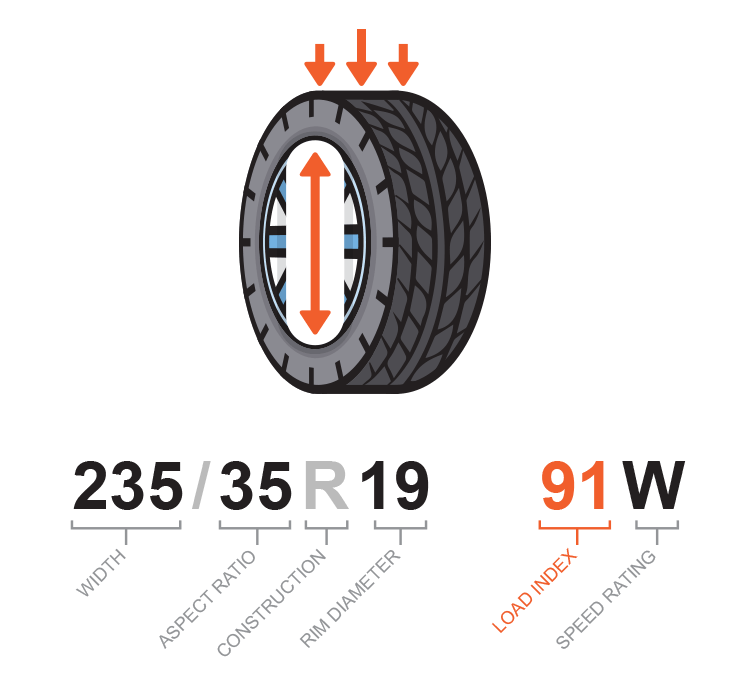
LOAD INDEX
Load index relates to a tires load carrying capacity and how much weight it can support. It is necessary to refer to a load index chart.
Load indexes range from 0 to 279 with the majority of passenger vehicles falling into the 75 to 114 range. The original equipment (OE) load range should be retained when replacing tires.
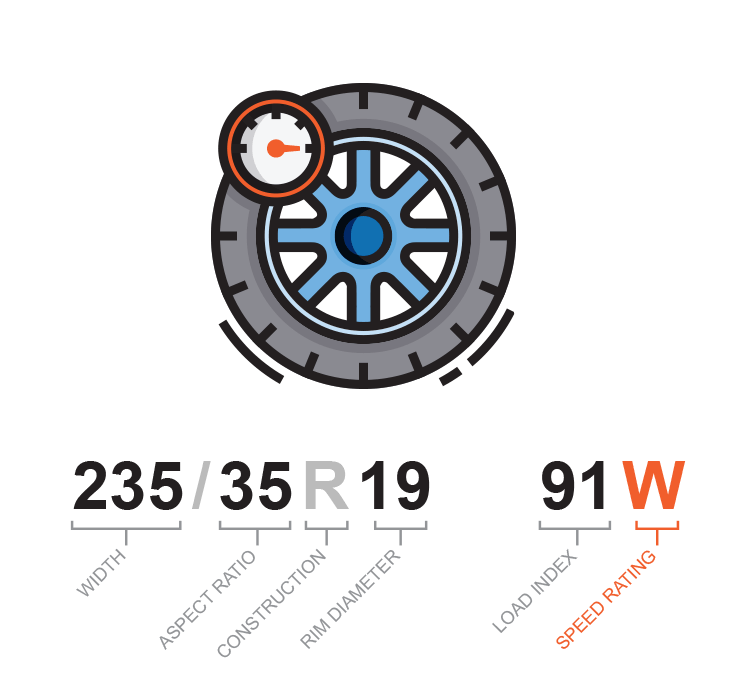
SPEED RATING
The speed rating is a lettering system that indicates the maximum speed at which a tire is certified to carry a load. A tire receives a speed rating by meeting a minimum government standard for reaching and sustaining a specific speed.
It relates to the tire only and not the vehicle. It is recommended to replace tires with the same original equipment (OE) speed rating or higher. Replacing tires with a lower than OE speed rating can change vehicle handling and affect steering response, braking and cornering.
TREADWEAR, TRACTION AND TEMPERATURE RATINGS (UTQG TIRE RATINGS)
How UTQG Ratings Work: UTQG ratings are a standardized way to measure and compare tire performance, focusing on three key aspects: Treadwear, Traction, and Temperature. The ratings are assigned by tire manufacturers based on standardized tests conducted under controlled conditions. The system provides a common ground for consumers to compare different tire brands objectively. However, it’s important to consider individual driving habits, environmental factors, and vehicle maintenance, as they can influence actual tire performance.
Treadwear Rating: The Treadwear rating is a numerical value that indicates the tire’s expected lifespan relative to a reference tire. A higher Treadwear rating suggests a longer-lasting tire. For example, a tire with a rating of 400 should theoretically last twice as long as a tire with a rating of 200 under similar conditions. It’s crucial to note that Treadwear ratings are relative and may vary between manufacturers.
Traction Rating: The Traction rating evaluates a tire’s ability to stop on wet surfaces. Represented by letters (AA, A, B, or C), these ratings reflect the tire’s performance in wet conditions. AA indicates the highest traction capability, while C suggests a relatively lower ability to grip wet roads. Traction ratings are particularly important for drivers who frequently encounter rainy or wet weather.
Temperature Rating: The Temperature rating assesses a tire’s resistance to heat buildup under normal operating conditions. Represented by letters (A, B, or C), this rating indicates the tire’s ability to dissipate heat. A higher Temperature rating signifies better heat resistance. It’s a crucial factor, especially for vehicles that may experience extended periods of high-speed driving.
Making Informed Decisions: By understanding UTQG ratings, consumers can make informed decisions tailored to their driving needs. While these ratings offer valuable insights, it’s equally essential to consider real-world driving conditions, personal preferences, and expert reviews when selecting the right tires for your vehicle. UTQG ratings serve as a valuable tool in the tire-buying process, contributing to safer and more satisfactory driving experiences.
TIRE SAFETY TIPS
Pressure, tread, rotation, alignment
these are the top four when it comes to ongoing tire maintenance. Spending a little time on these essentials every month and every few thousand miles will help your tires keep you safe.

TIRE PRESSURE
Proper inflation pressure—perhaps the most important tire condition to monitor—gives tires the ability to support the vehicle and you to control it for maximum performance. Bonus benefit: Maintaining proper inflation pressure maximizes fuel economy, too.
- Under inflated tires generate excessive heat build-up and stress, causing irregular wear and internal damage.
- Over inflated tires are more likely to be cut, punctured or damaged when hitting an obstacle, such as a pothole.
Checking Your Pressure
Use a tire gauge to check inflation pressure, measured in in PSI (pounds per square inch). You’ll find recommended pressure on a label on the driver’s door or in your vehicle owner's manual.
And don’t forget about your spare.
When to Check
Check your tires at least once a month, and check them when they’re cold—meaning parked for at least three hours. Note that inflation pressure increases (in warm weather) or decreases (in cold weather) one to two pounds for every 10 degrees of temperature change.
Also, check your pressure before you head out on any long trips, carry heavy loads or tow a trailer.
TPMS (Tire Pressure Monitoring System)
Tire Pressure Monitoring Systems (TPMS) detect loss of inflation pressure and warn drivers when tires are 25% under inflated. For many vehicles, this warning may be too late to prevent damage. TPMS are not a replacement for monthly tire pressure checks with a gauge.
TREAD DEPTH
Tread equals traction—giving your tires a grip on the road, especially in bad weather. Lose too much tread and you could lose control.
Once your tread wears down to 2/32nds of an inch, it’s time to visit your local tire shop. Take a few minutes each month to visually inspect your tires for uneven wear, high and low areas, unusually smooth areas and other signs of damage.
Tires have built-in tread wear indicators, or wear bars. When the tops of these bars are flush with the tire’s tread, the tire needs to be replaced.
Here’s a quick and affordable tread test: Place a penny upside down into a tread groove. If part of Lincoln’s head is covered by the tread, you’re good to go. If you can see all of his head, it’s new tire time.
TIRE ROTATION
Rotating your tires based on the recommendations in your vehicle’s owner’s manual can prevent irregular tire wear. If no rotation period is specified, USTMA recommends every 5,000 to 8,000 miles.
Once you’re done, make sure the inflation pressure is set to the vehicle manufacturer’s specifications.
TIRE ALIGNMENT
Striking a pothole or other road hazard could cause alignment issues. Misaligned wheels can lead to uneven, rapid tread wear and should be corrected by a tire dealer. Have your alignment checked at any indication of trouble, such as “pulling,” and periodically, along with your tire balance, as specified by your vehicle’s owner’s manual.
Tread Depth
Paying attention to your tires is critical to your safety. Do not cut corners by trying to extend the lifespan of your worn out or damaged tires. A worn or damaged tire compromises your safety, your passengers safety and the safety of others sharing the road with you.
Even if your tire tread is not down to the legal limit of 2/32 inch which is common in most states, tire performance can be significantly degraded, especially in wet and snowy conditions.
Note: New tread depths start at 10/32 or 11/32 of an inch.
BOBBY RAHAL TIRE TREAD RECOMMENDATIONS

HOW TREAD DEPTH AFFECTS YOUR STOPPING DISTANCE
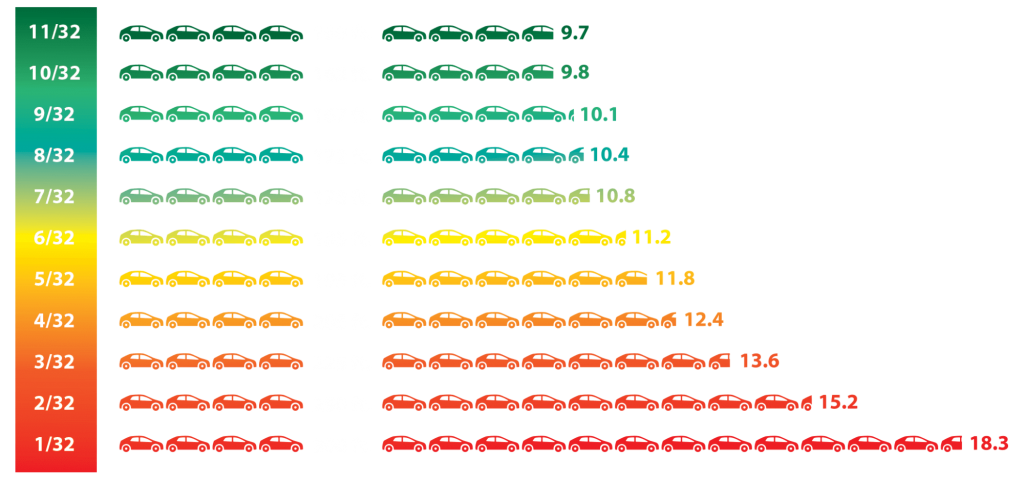
Do you have questions or need to speak with someone?
SAFE Tire Repair AREA
